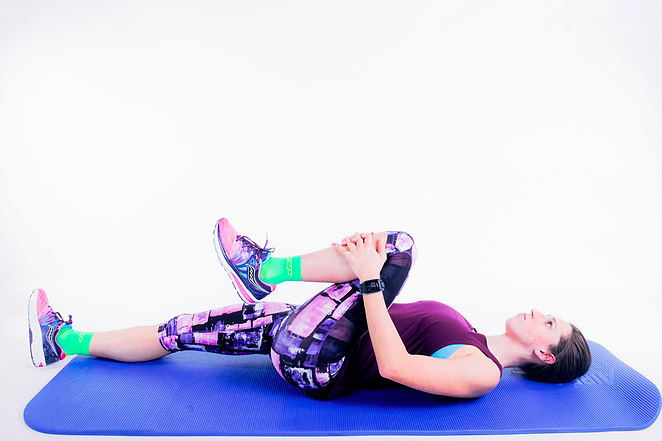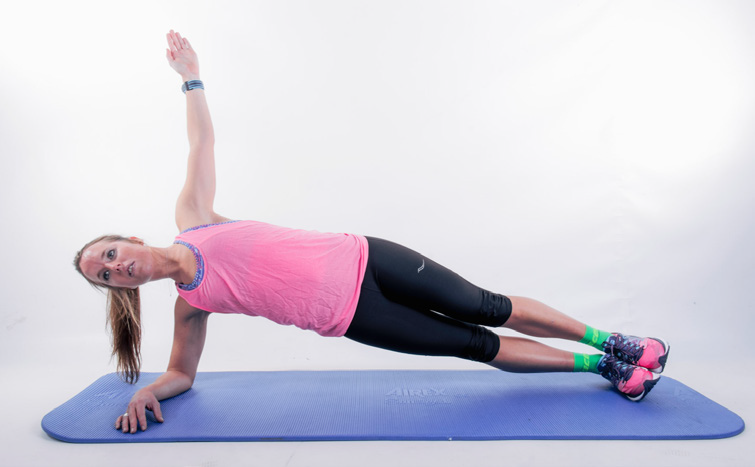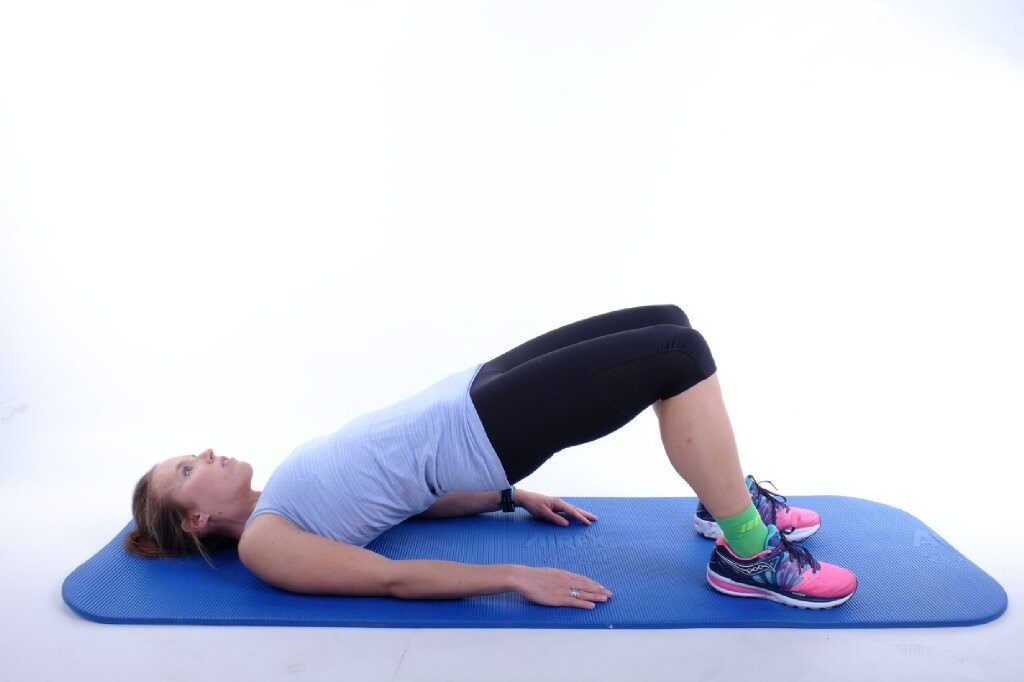
Preparing your body for your event
Stretching regularly to maintain or improve your flexibility and range of motion is an essential part of training for your event. Here are our top tips.
- Never stretch cold muscles. A good stretching routine will help to restore the muscle balance and allow you to be more flexible.
- Repeat stretches 2-3 times if certain muscle groups seem particularly tight.
- Aim to hold stretches for 40-45 seconds each time and complete them after your training session.
- Consider investing in an MOT with a sports physiotherapist or having a sports massage to help manage the build-up in tightness which can occur during your training.
- A ‘foam roller’ can be used to help your stretching on a daily basis by giving you a self-massage.
Strength exercises are one form of 'cross training' or 'XT' in the training plans. Other examples include all different forms of cardiovascular training, such as running or aerobic exercises. These exercise the heart and muscles and will definitely keep you aerobically fit. Your heart doesn't know the difference between going for a walk or cross training, it just works as hard as you ask it to. You can really boost your fitness with additional XT in your week.
Managing injuries
Time and effort
If you are struggling to get out for your training session due to an injury or weather conditions, you can complete the session using cross training.
It's fairly common for people to panic and just stop training when an injury hits, but providing you can cross train safely and you are pain free (consult with a doctor or sports therapist) you can maintain and even progress your fitness. Simply reproduce the time and effort specified in the training session using other options available to you.
Don't forget your training goals
Keep it specific
Cross training can add a lot of value and variety to your weekly training, but don't forget your goal.
At the end of your block of training you need to feel you have the strength and the fitness to complete your chosen event. The minute your conditioning or cross training is becoming so hard that it's leaving you too tired to complete your key sessions, or even risk injury itself, then the cross training has lost its benefit. Remember, it's there to support your activity, not totally replace it.
Improving your cross training
Heart rate
If you want to get serious with your cross training, you may wish to buy a heart rate monitor to help you hit your training in the correct effort zones. A heart rate monitor can also help you to keep a track of your fitness as you train more. Over time your should find that you're able to train at a similar intensity but with a lower heart rate. You may also notice your resting heart rate going down a few beats!
Using the gym to support training
Gym classes
If you are a member of a gym or fitness class they can be a great way to motivate you to continue your conditioning and cross training. Pilates, yoga and other core classes can be a great option to add to your training mix.
More training plan ideas
Explore more training plans on the NHS website, such as Couch to 5K, as well as more ideas on how to get active and build up your fitness.
You might also be interested in joining a local 5K Your Way or parkrun group in your area. 5K Your Way events are held once a month for people living with and beyond cancer and their families and friends.
Or turn your training into a fundraising challenge and raise more funds for people living with cancer by taking on your own 40-day fitness challenge.
















